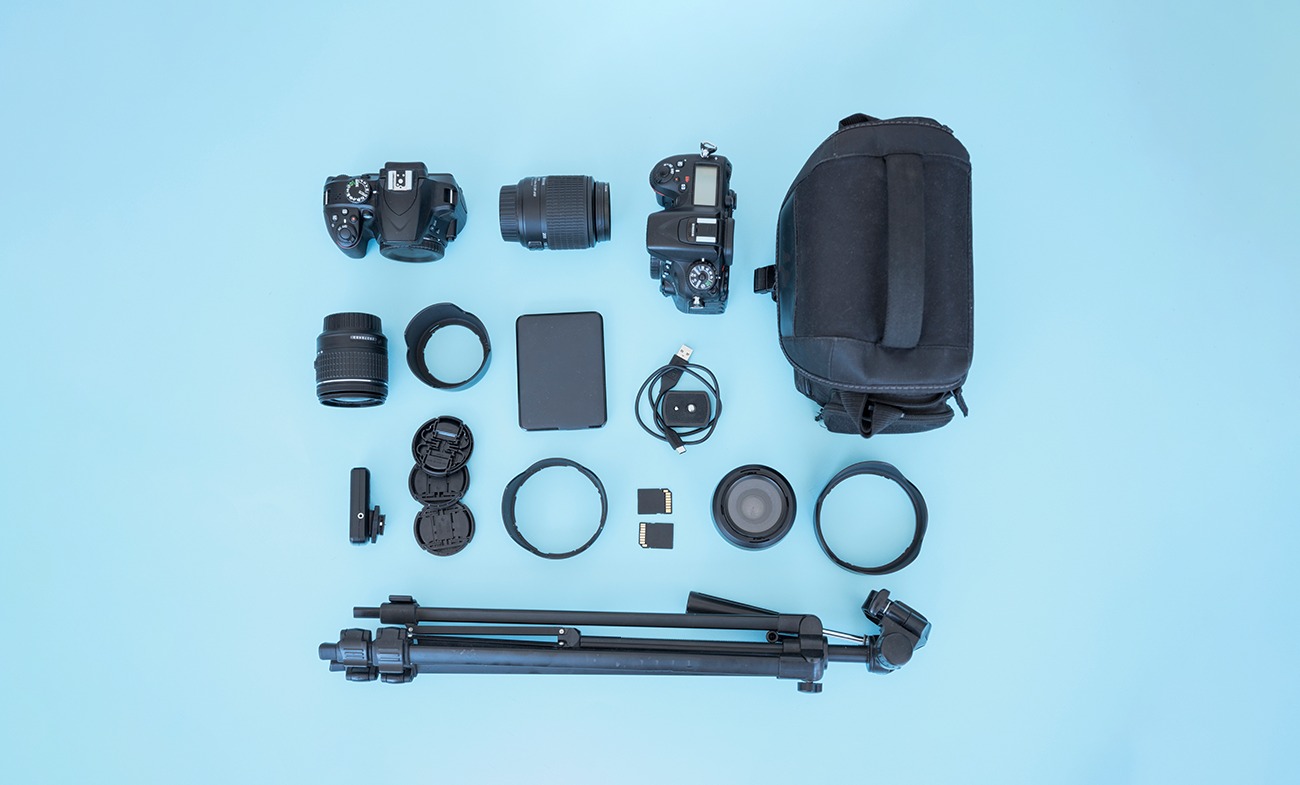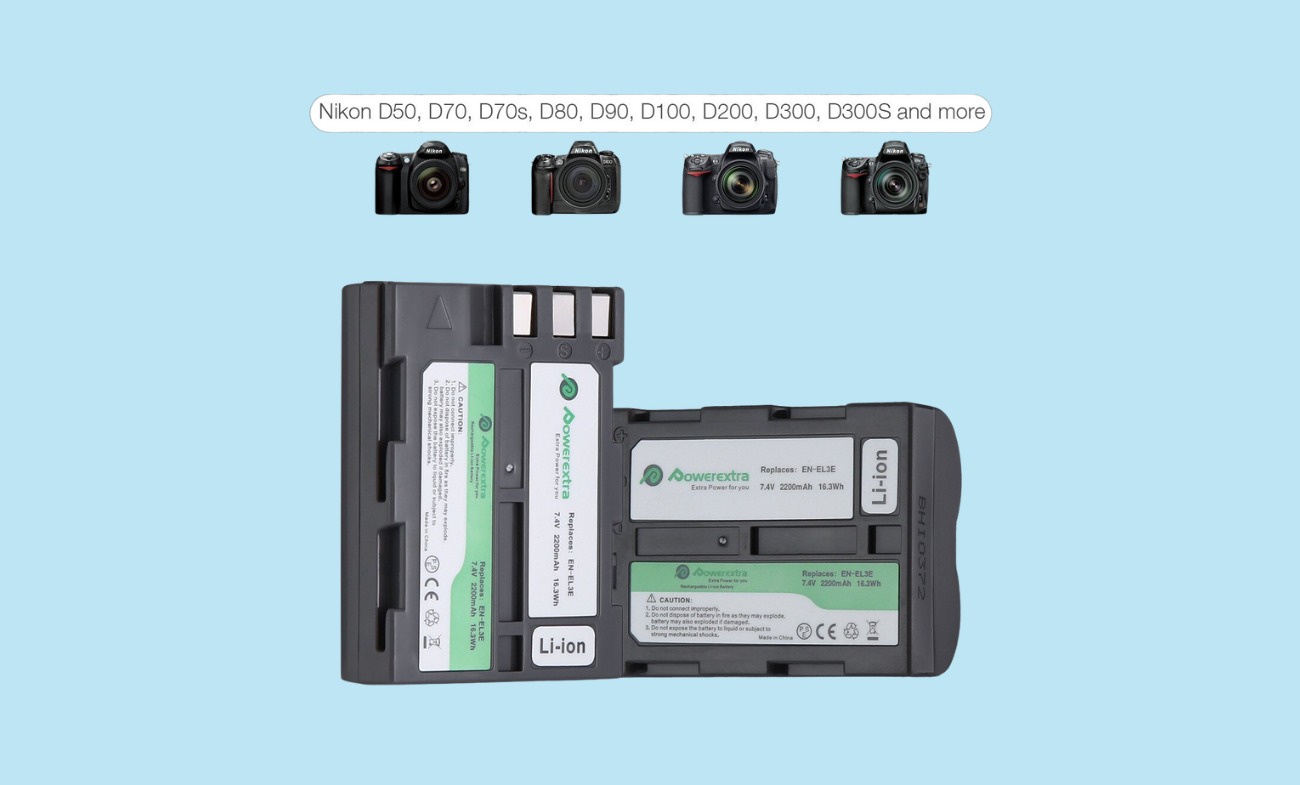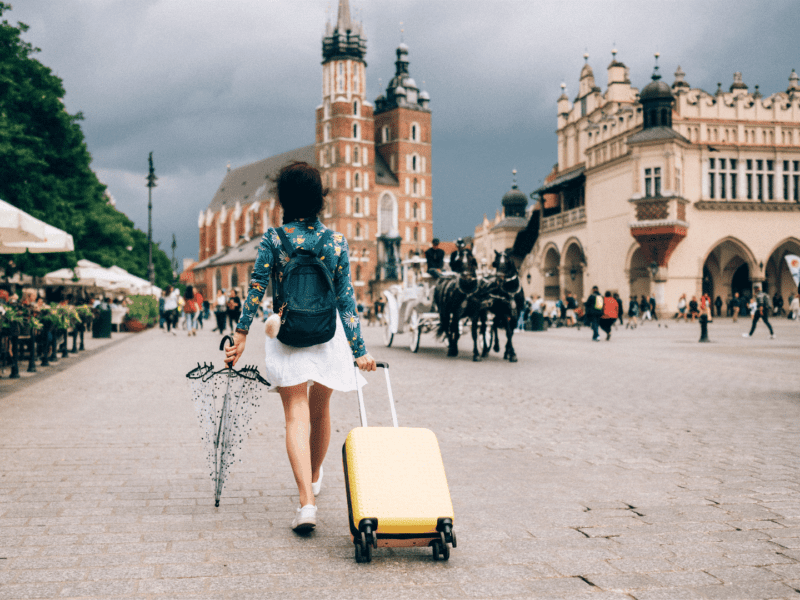
Traveling with Camera Gear: How to Pack and Protect Your Equipment
Traveling with camera gear can be both exciting and nerve-wracking. While you want to capture all the beautiful moments of your trip, you also want to make sure that your equipment is safe and protected. In this article, we will discuss some tips on how to pack and protect your camera gear while traveling.
- Choose the right bag
The first step in packing your camera gear is to choose the right bag. You want a bag that is sturdy, well-padded, and has enough compartments to hold all of your equipment. Look for bags that are specifically designed for camera gear, such as backpacks or shoulder bags. Make sure the bag is the right size for your gear, so that everything fits snugly and doesn’t move around during travel.

- Use protective cases
In addition to a good camera bag, it’s a good idea to use protective cases for your equipment. This is especially important for your camera body and lenses, which are the most delicate and expensive parts of your gear. Look for hard-shell cases that are designed for specific camera models or lenses. These cases will provide an extra layer of protection against bumps and drops.
- Pack smart
When packing your camera gear, it’s important to pack smart. Keep your camera body and lenses separate, and wrap them in soft cloths or lens pouches to prevent scratches. Use padded dividers in your camera bag to keep everything organized and in place. Don’t over-pack your bag, as this can put unnecessary pressure on your gear and increase the risk of damage.
- Keep your gear with you
When traveling, it’s important to keep your camera gear with you at all times. Don’t check your camera bag with your luggage, as this puts your gear at risk of being lost, stolen, or damaged. Instead, carry your camera bag on the plane with you and store it in the overhead compartment or under your seat.
- Use a lock
To protect your camera gear from theft, consider using a lock on your camera bag. This will prevent anyone from opening your bag without your permission, and will give you peace of mind while traveling. Look for TSA-approved locks that can be opened by security if needed.
Now, let’s talk about some specific camera gear that you may be traveling with:
The Powerextra EN-EL3E battery and charger, and the Powerextra NP-F550 battery replacement.
The Powerextra EN-EL3E battery and charger are designed for use with Nikon cameras, including the Nikon D50, D70, D80, and D90. This battery is a high-capacity, rechargeable lithium-ion battery that provides long-lasting power for your camera. The charger is designed to quickly and efficiently charge the battery, so that you can get back to shooting as soon as possible.

When traveling with the Powerextra EN-EL3E battery and charger, it’s important to pack them in your carry-on luggage. Lithium-ion batteries are not allowed in checked luggage, as they are a fire hazard. Make sure the battery is fully charged before you leave for your trip, and consider bringing a spare battery just in case.
The Powerextra NP-F550 battery replacement is designed for use with Sony cameras, including the Sony DCR-SR15, DCR-SR21, and DCR-SX85. This battery is also a high-capacity, rechargeable lithium-ion battery that provides long-lasting power for your camera. It’s a great option if you need a replacement battery for your Sony camera, or if you want to bring a spare battery with you while traveling.
When traveling with the Powerextra NP-F550 battery replacement, follow the same guidelines as for the EN-EL3E battery and charger. Pack the battery in your carry-on luggage, and make sure it is fully charged before your trip. It’s always a good idea to bring a spare battery with you as well, especially if you plan on doing a lot of photography or videography while traveling. In addition to packing and protecting your camera gear and batteries,
There are a few other tips to keep in mind when traveling with camera equipment:
- Research the airline’s baggage policies and fees before your trip. Some airlines may have specific requirements for camera gear, or may charge extra fees for carry-on luggage.
- Consider purchasing travel insurance that covers your camera gear. This can provide extra protection and peace of mind while traveling.
- If you’re traveling internationally, make sure you have the appropriate power adapters and voltage converters for your camera equipment.
- Be respectful of local laws and customs when taking photos or filming in public places. In some countries, photography may be restricted or prohibited in certain areas.
By following these tips and taking proper precautions, you can safely and confidently travel with your camera gear and capture all the beautiful moments of your trip.







